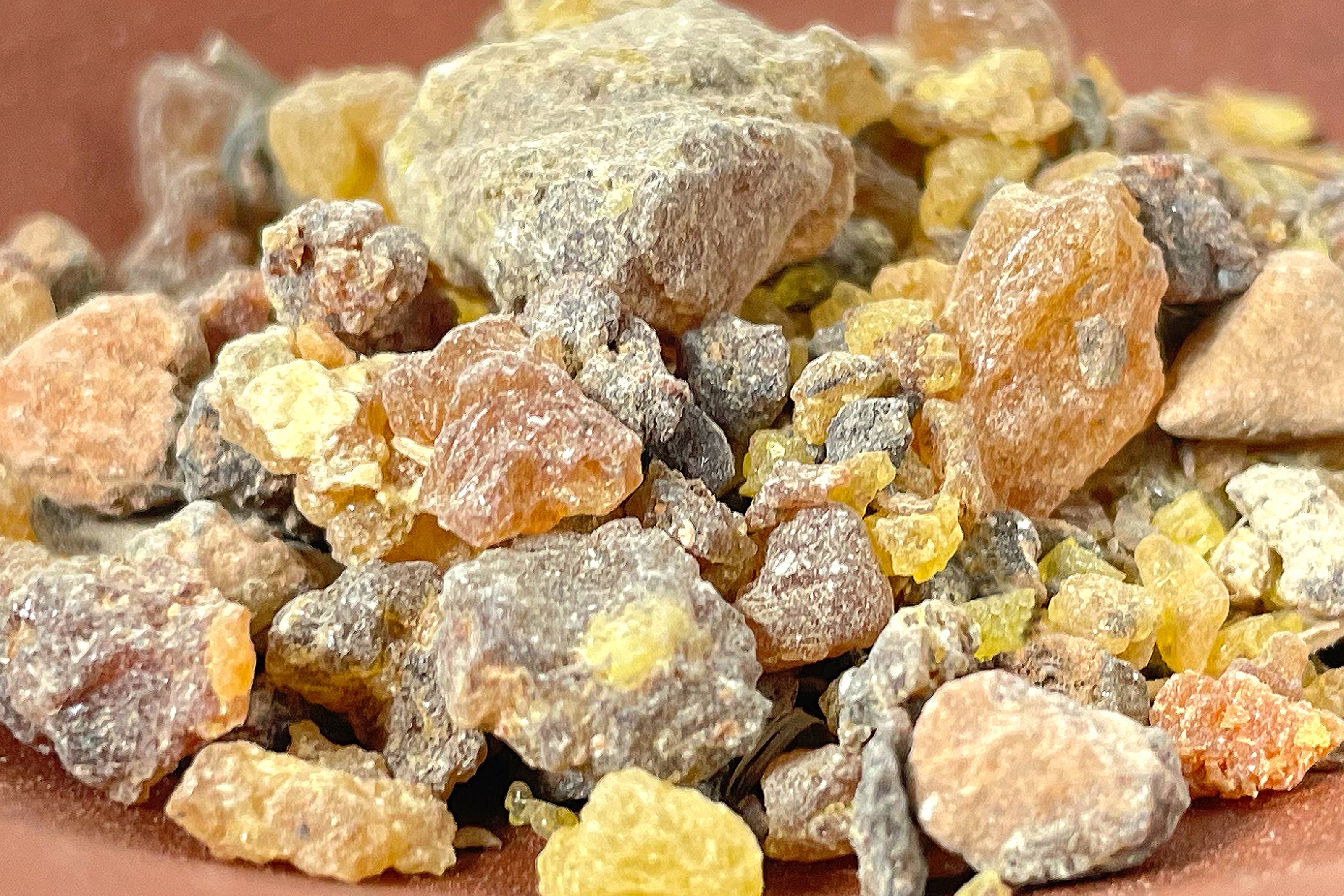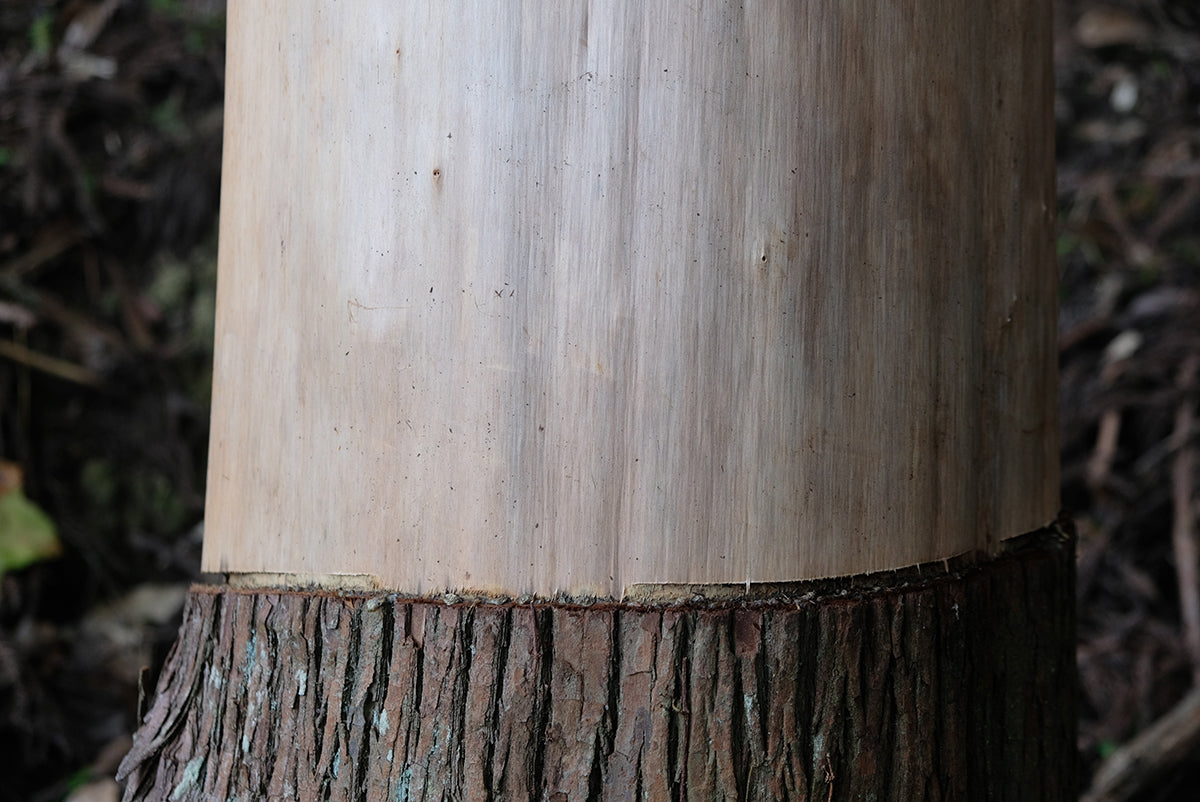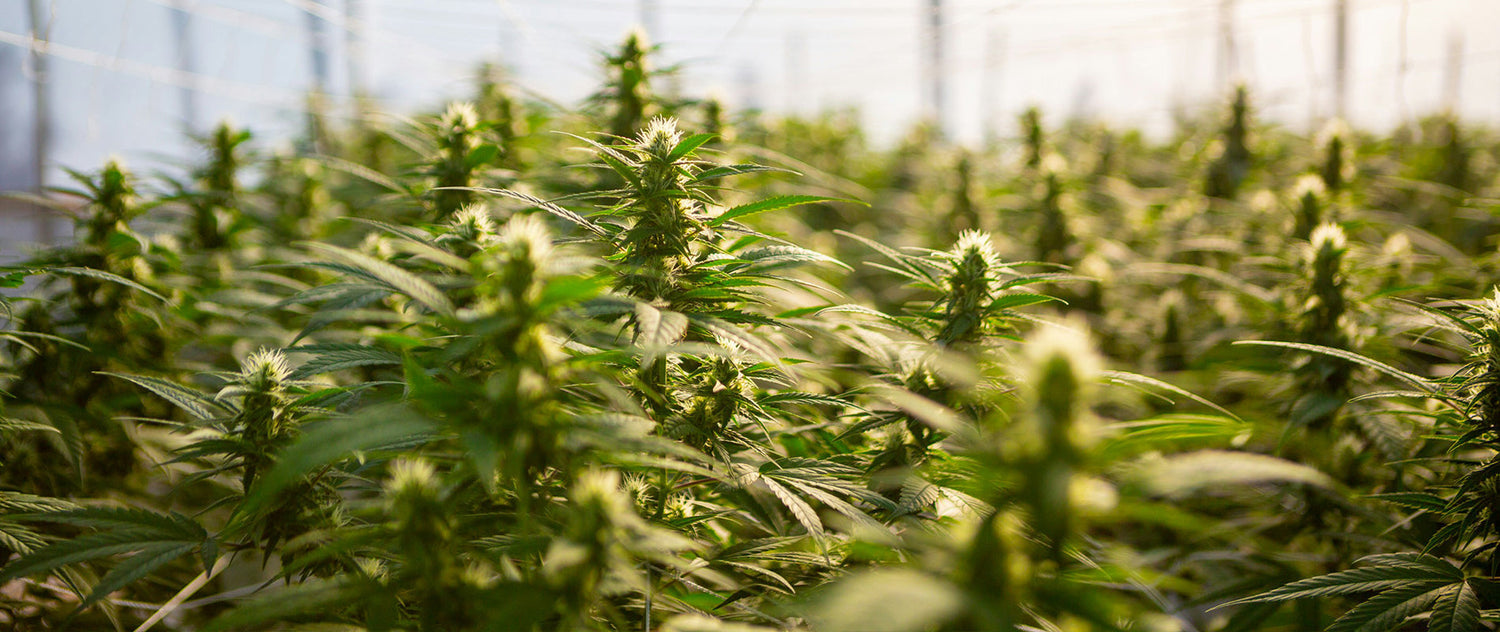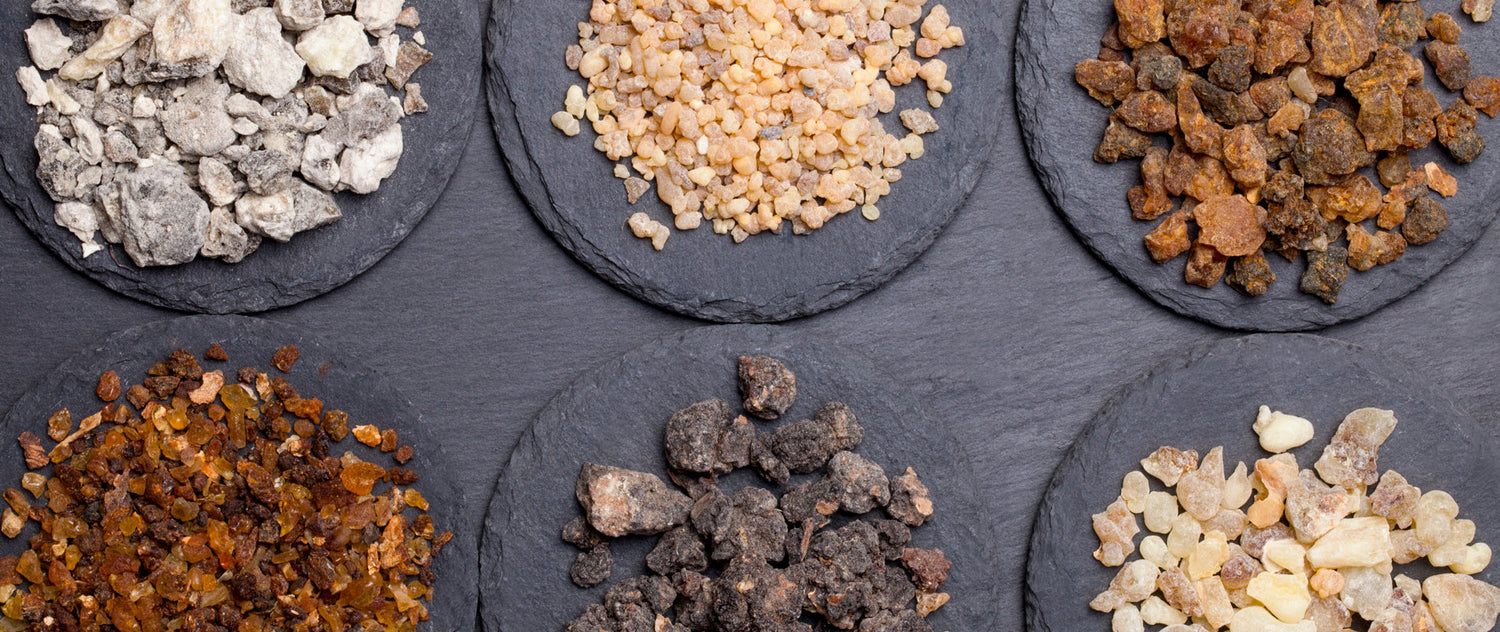The promise of CBD has always been vast—wellness without the high, healing without the stigma. Yet, even after the December 2024 regulatory shifts that were meant to unlock its potential, the industry remains stuck in first gear. Big players like Taisho Pharmaceutical have stepped in, signaling legitimacy, but widespread adoption still lags.
Why?
Because we’re missing the bigger picture.
This isn’t just about regulations or marketing—it’s about rewiring an entire ecosystem. The CBD industry is at a crossroads, much like organic food was decades ago. Back then, people scoffed at the idea of paying more for pesticide-free produce. Today, it’s a multi-billion-dollar market.
So, how do we make that shift happen for CBD?

1. The Stigma Isn’t Just About Cannabis—It’s About Storytelling
Yes, cannabis carries baggage. But stigma doesn’t disappear with legality—it fades with new narratives.
Think about how Tesla didn’t just sell electric cars; it sold a vision of the future. CBD needs the same reframing. Instead of being “the non-psychoactive part of weed,” it should be positioned as nature’s answer to modern stress, inflammation, and sleeplessness.
Solution:
Partner with storytellers—documentary filmmakers, wellness influencers, even medical professionals—to craft a new narrative. Not “CBD vs. THC,” but CBD as a cornerstone of holistic health.
2. Regulations Are a Puzzle—But the Industry Isn’t Solving It Together
The regulatory landscape is a patchwork, and that’s not changing overnight. But instead of waiting for governments to act, the industry could lead with self-regulation.
Imagine if major CBD producers, retailers, and researchers formed a global alliance—not to lobby for legalization (that’s already happening), but to set gold standards for quality, dosing, and labeling. This would build consumer trust and force regulators to take notice.
Solution:
A "Fair Trade CBD" certification, backed by science and transparency, could differentiate serious players from fly-by-night brands.

Most people don’t understand CBD because they’ve never felt its benefits firsthand. The industry spends too much time explaining what CBD isn’t (it won’t get you high) and not enough time letting people experience what it is.
Solution:
Sampling campaigns—like those that turned kombucha from a weird fermented tea into a fridge staple—could demystify CBD. Partner with yoga studios, spas, and corporate wellness programs to integrate CBD in ways that feel natural, not forced.
4. The Industry Needs to Grow Up—And Grow Together
Right now, CBD businesses operate like isolated startups, each fighting for a slice of a small pie. But what if, instead of competing for the same customers, they collaborated to expand the market itself?
This is how real industries mature. Look at solar energy—early players didn’t just sell panels; they built alliances to make renewable power mainstream. CBD needs the same collective intelligence.
Solution:
A CBD Innovation Collective—where producers, researchers, and retailers pool resources for clinical studies, consumer education, and policy advocacy—could accelerate legitimacy faster than any single company.

The Way Forward: From Niche to Necessity
The December 2024 changes were a step, but not the leap. For CBD to become as commonplace as vitamin D or omega-3s, the industry must shift from fighting for acceptance to designing the future.
That means:
- Better stories to replace outdated stigma.
- Stronger alliances to set standards and shape policy.
- Deeper experiences to let people feel, not just hear, the benefits.
The potential is there. The science is there. The market is waiting.
Now, the question is: Will the industry step up?
The future of CBD won’t be won in courtrooms or legislative halls—it’ll be won in the minds (and bodies) of millions who just need to understand why it matters.
And that’s a challenge worth rising to.

















